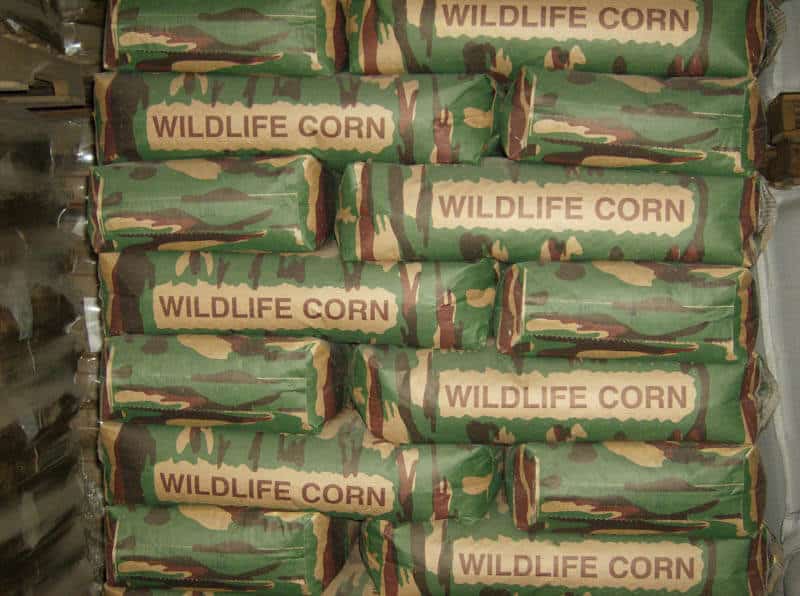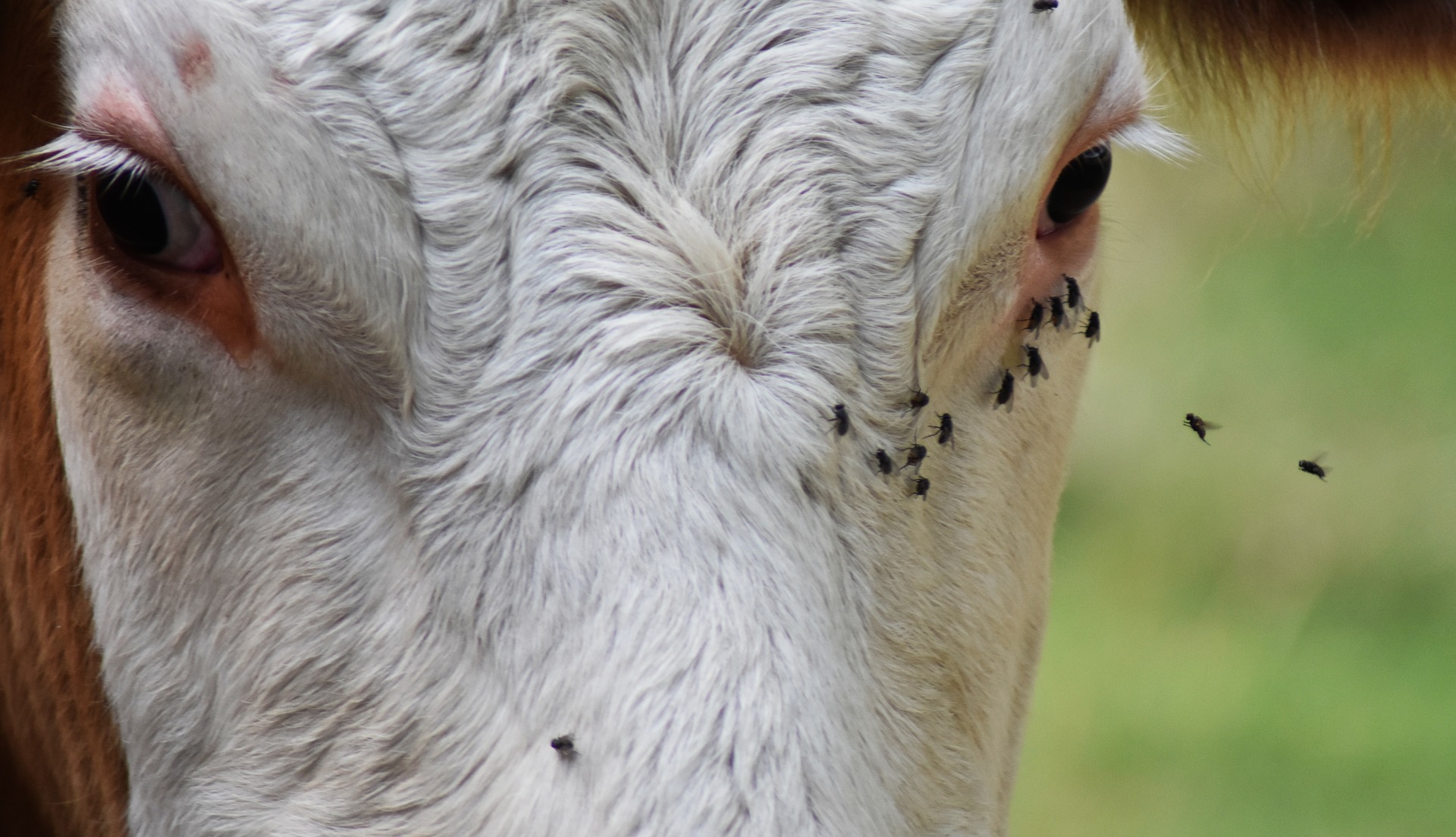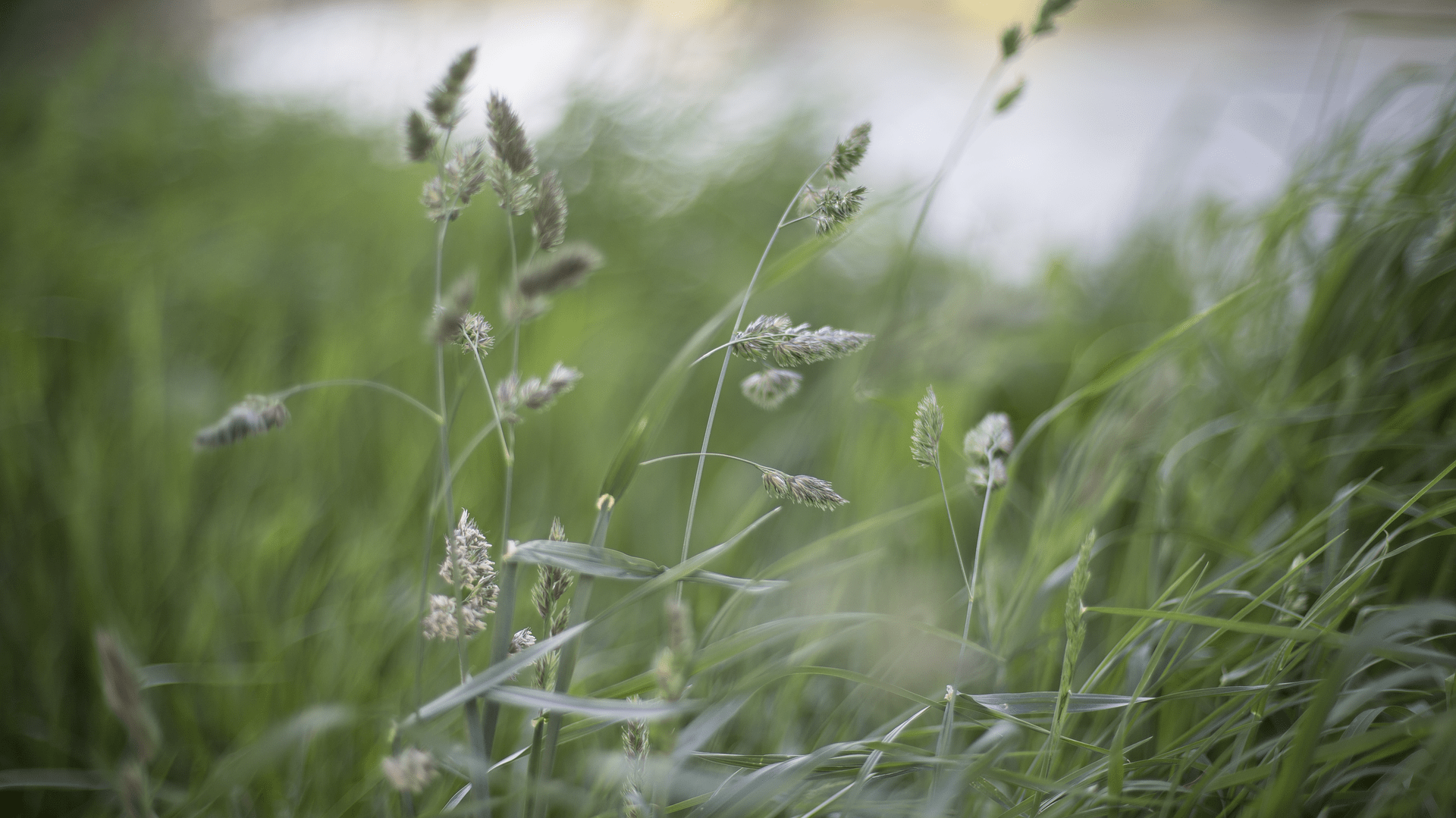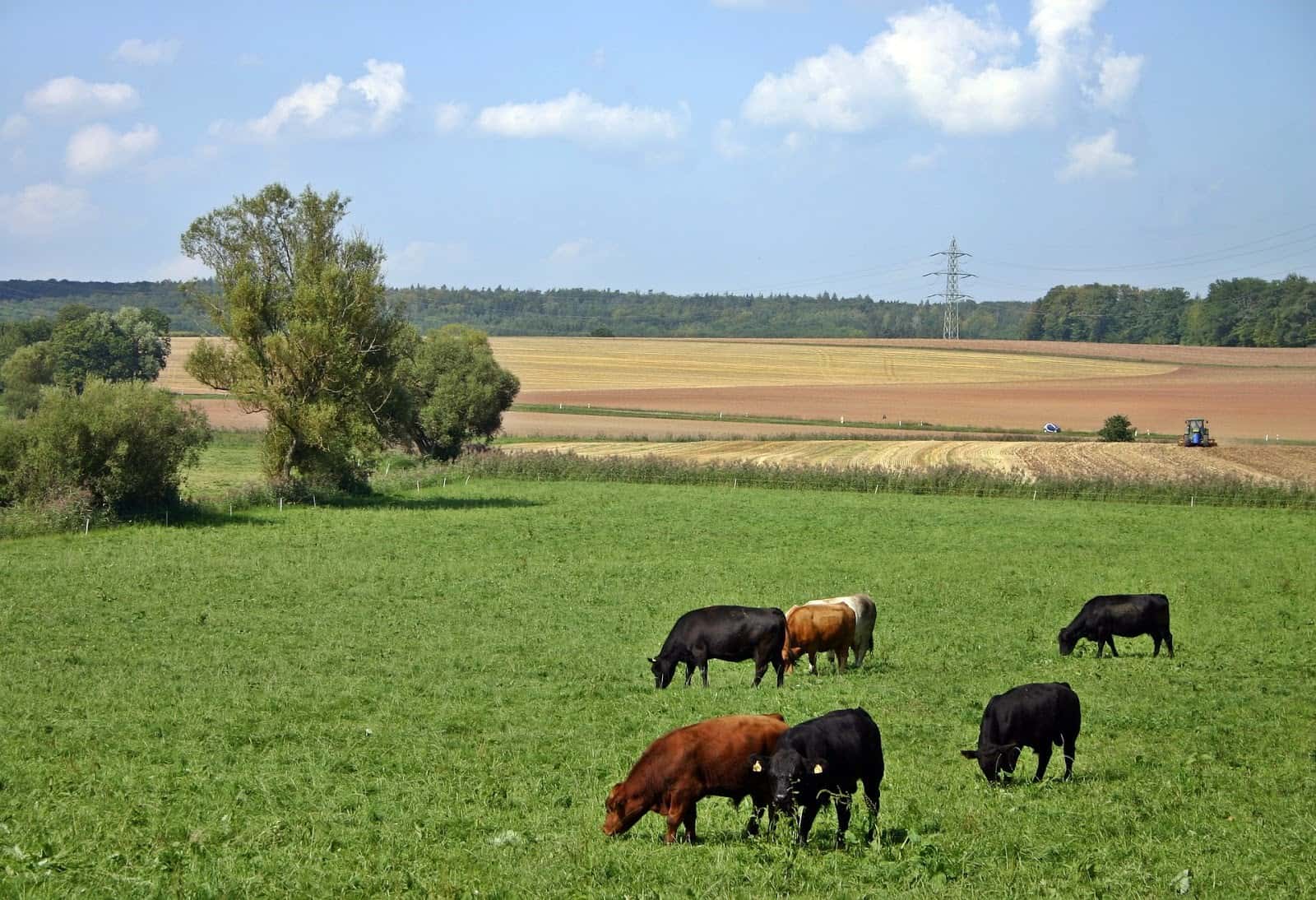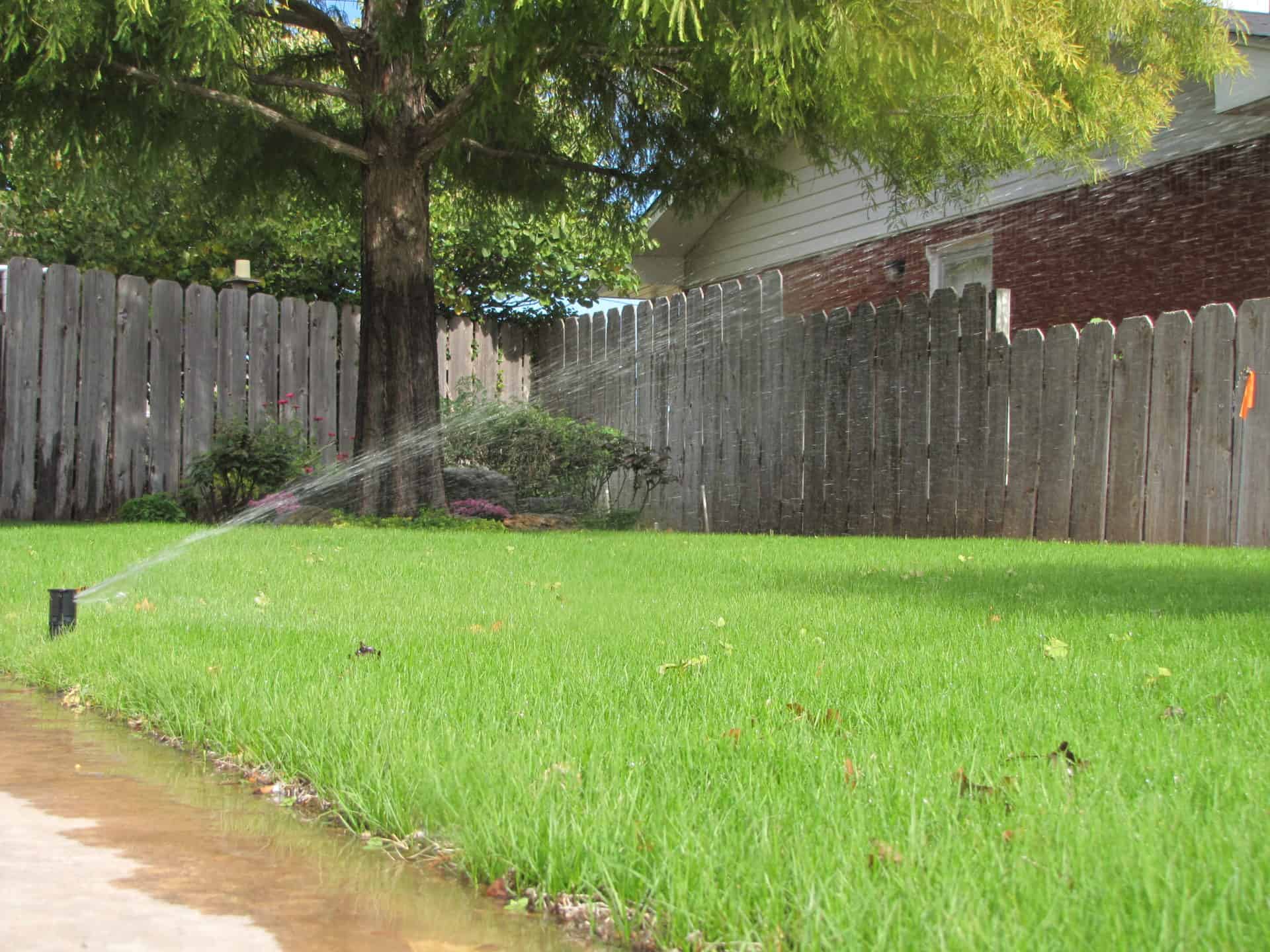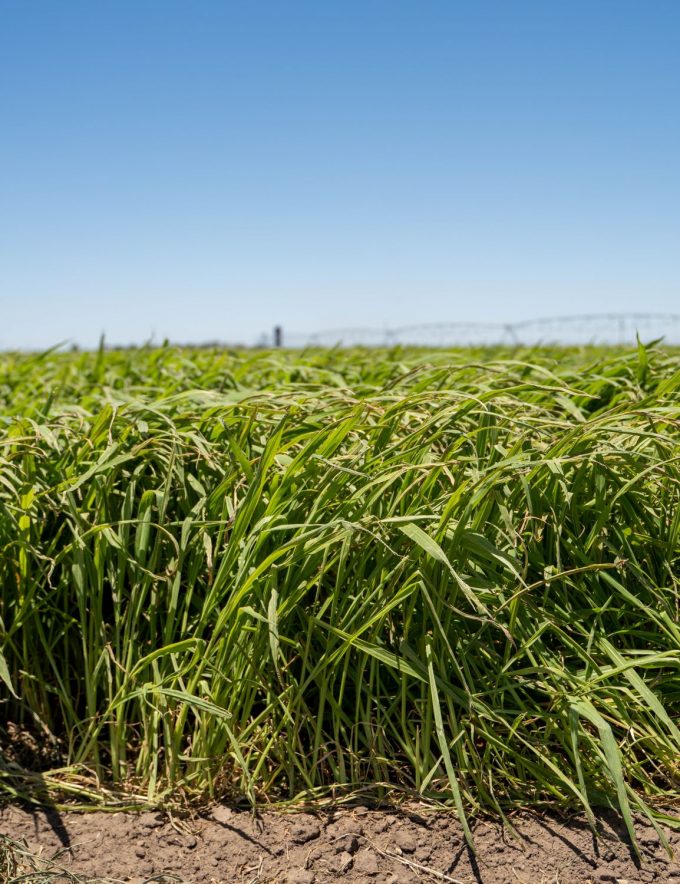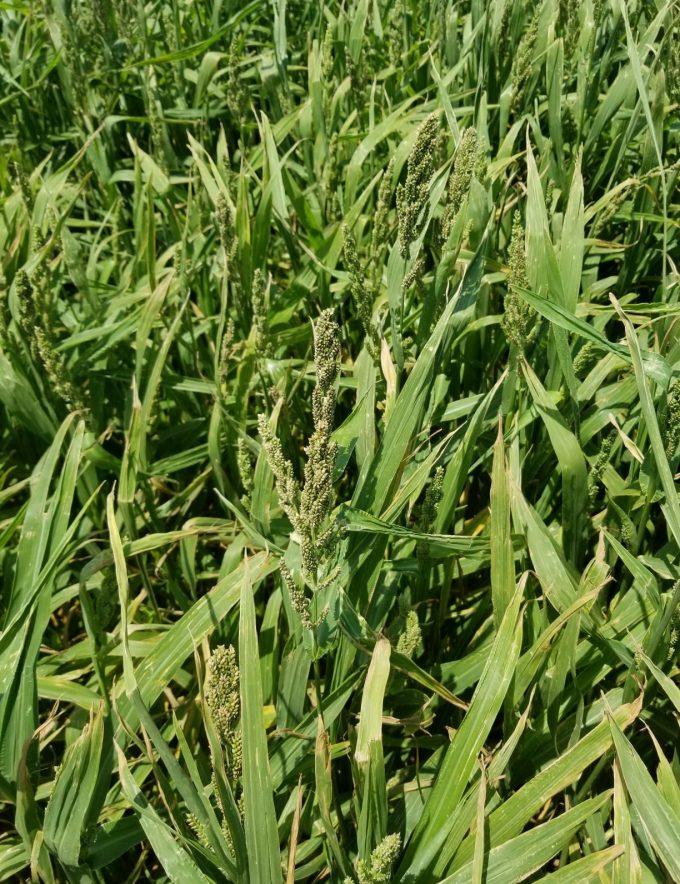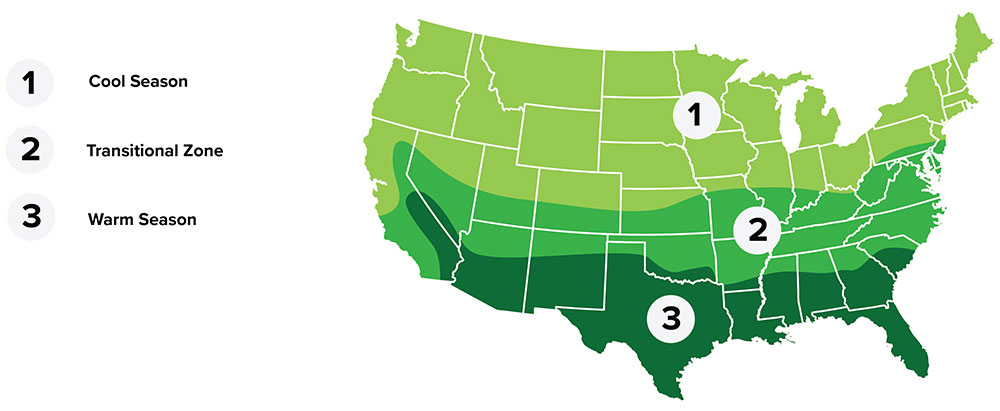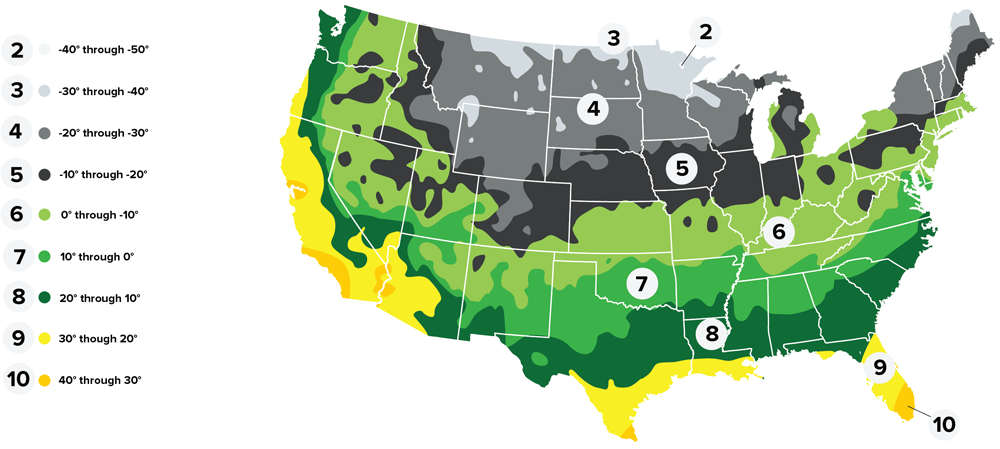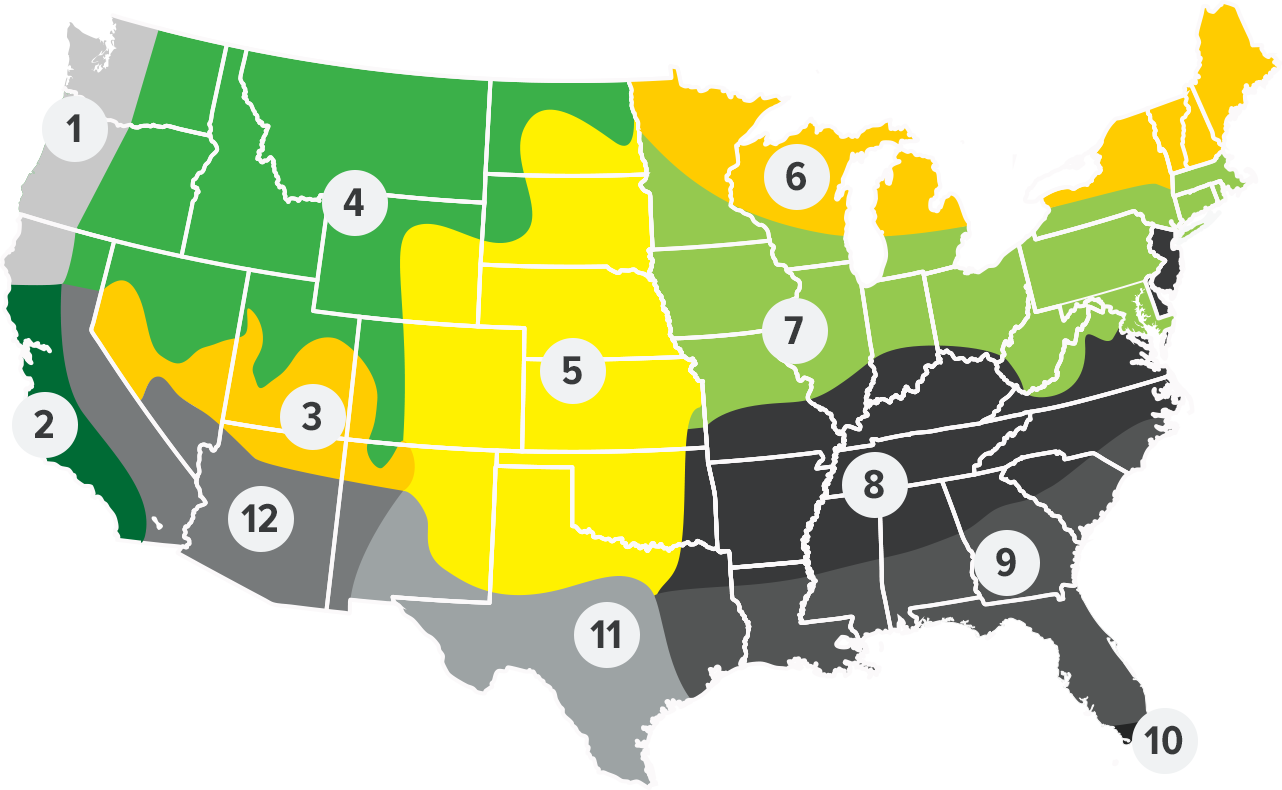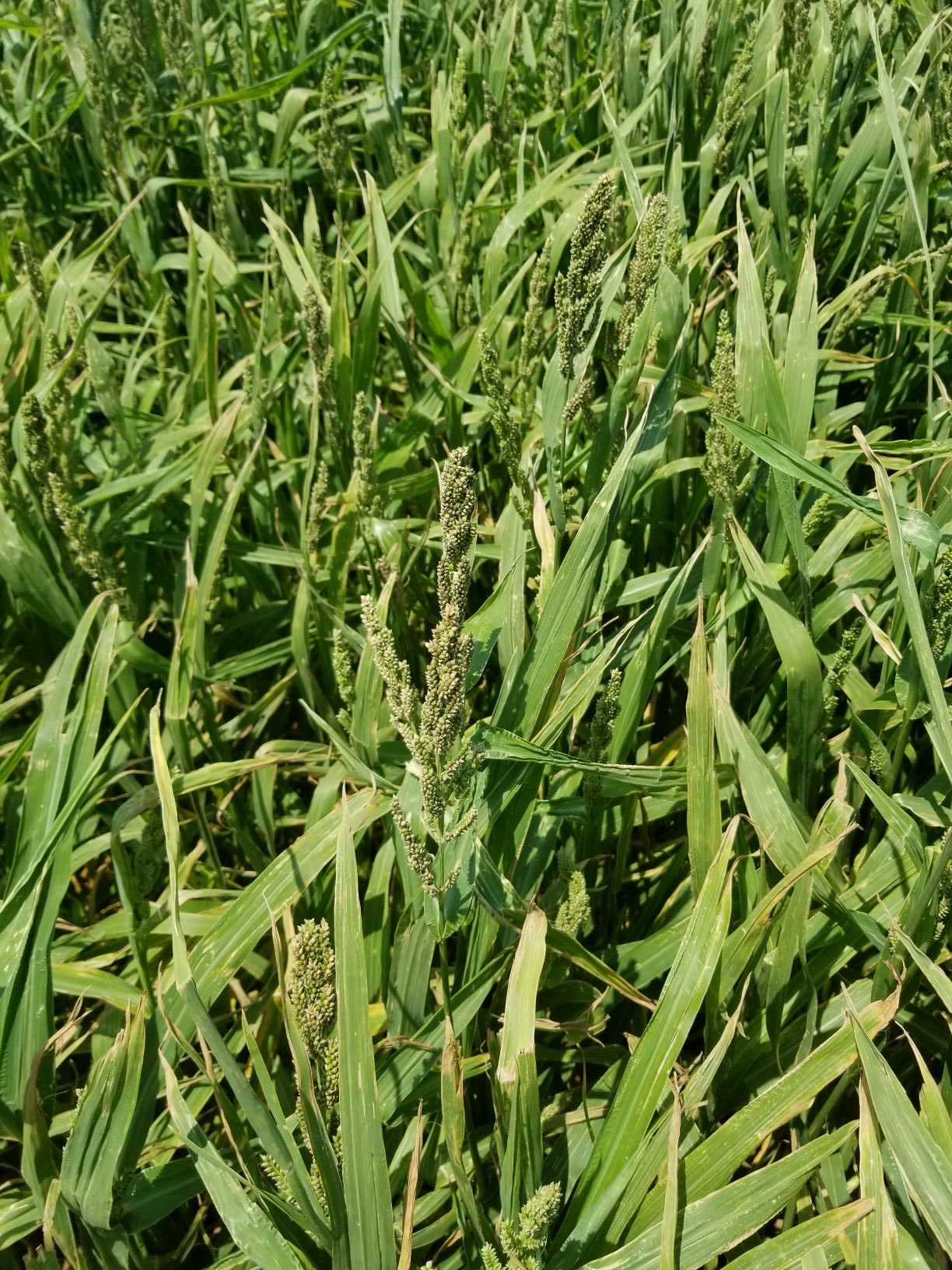
JAPANESE MILLET
Summary
Japanese Millet has long been a favorite of waterfowl hunters due to its ability to grow in wet saturated soils. Japanese Millet can be a valuable food plot addition whether you are trying to attract waterfowl, turkey, quail, dove, pheasant or whitetail deer. Japanese Millet is a warm season grass that produces an abundance of grain in as little as 50 – 60 days. A common practice is to plant Japanese millet in a low area or slough, then allowing it to flood after it gets large enough to stand above the water level. Although Japanese millet is most commonly used for waterfowl, it is also quite drought and heat tolerant and will produce grain with very little rainfall. Many wildlife species will utilize the grain as the millet matures and falls over, making the grain easily accessible.
Plant Characteristics
Taxonomy
Zone
- USDA Plant Hardiness Zones
- 2, 3, 4, 5, 6, 7, 8, 9
Plant Characteristics
- Height
- 24" - 48"
- Leaf Color
- Green
- Growing Cycle
- Annual
- Sun Requirement
- Full Sun
Plant Information
- Planting Season
- Summer
- Plant Depth
- 0.5"
- Minimum Soil Temp for Germination
- 65° F
- Establishment
- Easy
Seed Information
- Seeds Per Pound
- 155,000
- Kingdom
- Plantae
- Subkingdom
- Tracheobionta
- Super Division
- Spermatophyta
- Division
- Magnoliophyta
- Class
- LILIOPSIDA
- Subclass
- COMMELINIDAE
- Order
- CYPERALES
- Family
- POACEAE
- Genus
- ECHINOCHLOA
- Species
- ECHINOCHLOA ESCULENTA









